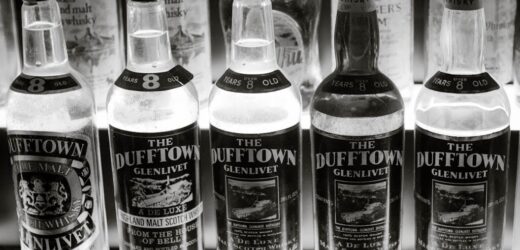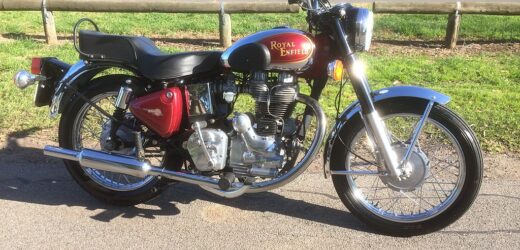Being a whiskey drinker, and since moving to Ireland, I have been asked a few times about the differences between a bourbon and a whiskey. So, I dug this old article up I wrote on the subject of bourbon. Bourbon is an American Whiskey that can trace its roots back to the early settlers of the country, who brought whiskey recipes with them and made it their own using products more easily grown locally. The state of Kentucky produces most of the bourbon sold in this country, although there are a couple of distilleries outside of Kentucky that brew bourbon.
Origin
Whiskey can trace its roots all the way back to the Moors’ migration into Western Europe. Yet, bourbon is a relatively recent revision to the variations of whiskey. It is commonly believed that settlers in Pennsylvania are the origins of bourbon brewing using rye as its primary ingredient in making a whiskey or whisky, depending on spelling preference. It wasn’t until whiskey brewing moved to Kentucky that corn began to be used as the primary brewing ingredient and bourbon was born. According to the Old Rip Van Winkle Distillery, “Bourbon is sometimes considered to have begun with the Reverend Elijah Craig from Bourbon County. The legend goes that he was just a might thrifty and used old barrels to transport his whiskey to market in New Orleans. He charred the barrels before filling them, thus after his whiskey made the long trip to the market, it had “mellowed” and taken on a light caramel color from the oak. Being from Bourbon County, he started calling the whiskey ‘Bourbon.’”
Process
The difference between a whiskey and bourbon has to do with a combination of the ingredients and processes used to make it. The primary criteria for bourbon are that it must be at least 51% corn and made in the United States. Bourbon must also be aged in charred oak barrels. Currently, almost all distilleries use American White Oak for their barrels. Bourbon must be aged for at least two years. Most bourbon is aged for over four years. Whiskey, on the other hand, can vary in the types of grain used in the ingredients. One example is Ireland’s Jameson whiskey, which is a blend of malted and un-malted barley. Other variations that whiskey producers can utilize are the types of oak barrels used in aging and even how long it needs to be aged. The well-known whiskey that is often confused for bourbon, Jack Daniels, is, in fact, a whiskey because it is charcoal-filtered through sugar-maple charcoal before being barreled.
Variations
As long as a manufacturer of bourbon meets the basic requirements in the brewing process, there are variations that each producer can employ in order to make a bourbon whiskey of distinct taste. Some variations might consist of using something other than corn for the other 49% grain needed in the process, perhaps rye or wheat. Most bourbon sold in the United States is in the range of 60% to 70% corn mash. Most processors use a little rye in the mash, which gives the flavor some spice. Only a few brewers utilize wheat in the mix, which makes it a little softer, such as Makers Mark. Other variations of bourbon can be the types of yeast used, the method of preparing the corn, proof, rotation of the barrel in the aging process, charring of the barrels, and how long the bourbon is aged.
In The End
All bourbons are whiskey, but not all whiskeys are bourbon. And, as with many things in the United States we have taken what migrants and settlers brought with them from around the world and made it our own. As with many things in the United States we have taken what migrants and settlers brought with them from around the world and made it their own.







